Weight
The first thing you notice about the Zero-G is the weight. A mere 3½ pounds per foot (sz 26.5, BSL 305mm). Downright race worthy; not enough to get you on the podium but certainly enough to set a new personal record. The key to this is the material. My first guess was Grilamid, but Tecnica says they’re using a newfangled Pebax they are calling Triax 3. It is 2½ times stiffer, thus can be 30% thinner resulting in a boot that is 20% lighter.
Lightweight tends to come at the expense of downhill power. Compared to a dedicated race boot, of course the Zero-G won’t win even at the collegiate level, but compared to other boots aimed at the same customer, the 50/50 boundary crosser, Tecnica’s Zero-G is at the top for cranking turns, and arguably better than a lighter boot for knocking out a big day of steep vertical.
Downhill Chops
When I tested the Zero-G it was on the same run and the same day as the Lange XT Free Tour, Garmont’s Super Guide, Scarpa’s F1 and a Dynafit Beast. Only the Beast was as stiff as the Zero-G and the Lange wasn’t less stiff, but had a slower rate of movement with more travel. The Zero G wasn’t quite as stiff as Tecnica’s forerunner to the G, the Cochise, but unlike the Cochise, you never felt like you hit an abrupt wall. There is enough give in the flex for aggressive skiers to flex it far more than I, but without being disappointed. Key to that is a new locking mechanism that is wider, and more tightly coupled making the cuff and lower shell act as one. I think the other part is the lower shell is slightly softer than Cochise’s Triax 2 shell, so it allows the cuff to flex further.
Anyway you describe it, the turns it delivered were always solid yet not so stiff you couldn’t sense the layers in deep snow, a sensation I confirmed recently in trademark Colorado pow.
The Fit
A key part of the performance of this boot is the comfort. For me it was a marked improvement over the original Cochise, a further refinement in the shape of the last with slight bulges at the base of your big and little toes, and the navicular region. If you generally require a punch in those areas you probably still will, but not as much of a deformation. Besides better shape in the width, the overall volume seems to have been tightened up, but that may be simply due to a liner with a thicker tongue than last year’s Cochise. In any case, after adding a good footbed I didn’t need to do any heat molding for a comfortable fit. My foot is low volume so that bodes well for those with average and low volume feet, not so much for high. However, as I indicated, I think a big change in the perceived volume was due to a thicker liner that could easily absorb a higher volume foot if it is squished enough while molding.Skin Test
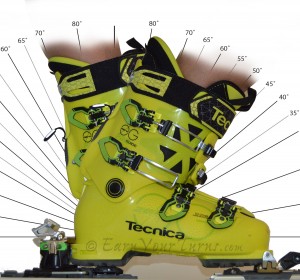
Not record setting by the numbers, but easy to flex making the ROM feel greater than the numbers indicate (-20°–+50°).
To those new to Alpine Touring and considering this boot, I should point out what seems obvious to experienced AT skiers, that the uphill performance I’m referring to above, and the benefits of a lightweight boot are only evident when used with a Dynafit-style (not necessarily brand) binding. To that end, both the Zero-G and the Cochise come with genuine Dynafit tech fittings and yes, as it turns out, I used a Dynafit Radical 2.0 to confirm Zero-G’s uphill performance.
Mode Switch
About the only thing I don’t like is the pull tab for the mode switch. I like the mechanical switch itself; it’s easy to work and doesn’t require excessive force to toggle between modes. As I indicated earlier, it makes a more solid connection when locked which is hard not to like. But that pull tab is small and hard to find with gloved hands, so I found I always had to de-glove to grab it with my bare fingers. Poor, poor me. Okay I’ll stop whining.Basic Ingredients
The basic metrics of the boot belie it’s alpine roots. It has four solid aluminum buckles plus a wide (45 mm) powerstrap. That’s expected. What’s unexpected is that each of these buckles can stay cocked open if you pull the wire back enough. So they don’t have that tendency to hook back on when you look away while getting in or out of your boot. Thank Tecnica for a small favor with huge benefits. Who knows how long it will survive in the real world, but you’ll love it while it lasts.Round Up
Your heard my superlatives above. The Zero-G is undoubtedly the best Alpine Touring boot Tecnica has ever produced, and arguably the best AT boot of the year. A lot of that depends on your style of skiing and touring, but if like many alpine converts you aren’t ready or willing to sacrifice the stiff flex of your resort boot, but want the weight savings of a skimo boot, the Zero-G is a must try contender that will rock your world if you give it half a chance. In other words, if you try them on and they fit, your credit card is toast.
Tecnica
Zero-G Guide ProMSRP: $900
Weight/boot (sz 26.5): 3 lbs., 7 oz. (1560 g)
Zero-G Guide
MSRP: $660
Zero-G Guide W
MSRP: $660
© 2016

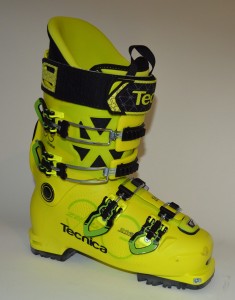
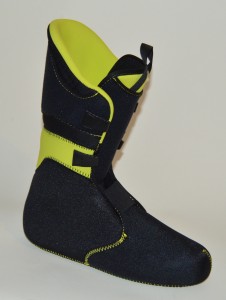
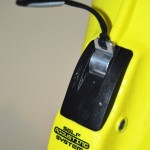
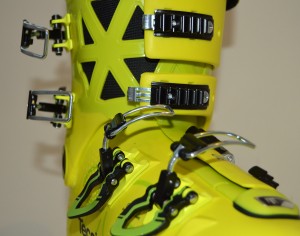
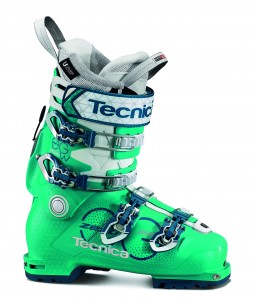
1 ping
Thank you for the article.
Great blog that I enjoyed reading.